In 2025, the demand for advanced 2-way radios is surging, driven by innovations in digital communication and IoT integration. This article delves into crucial aspects of selecting the right radios for business needs, offering valuable insights for wholesalers, retailers, and purchasing professionals. It provides a comprehensive guide on types, performance, technical specifications, and more, ensuring informed decisions for optimal communication solutions.
Table of Contents:
– Market Overview of 2-Way Radios for Communication
– In-Depth Analysis of the 2-Way Radio Market
– Key Factors When Selecting 2-Way Radios For Communication
– Latest Technology Features in 2-Way Radios
– Regulatory Compliance and Certifications
– Ease of Use and Initial Setup Complexity
– Closing Remarks
Market Overview of 2-Way Radios for Communication
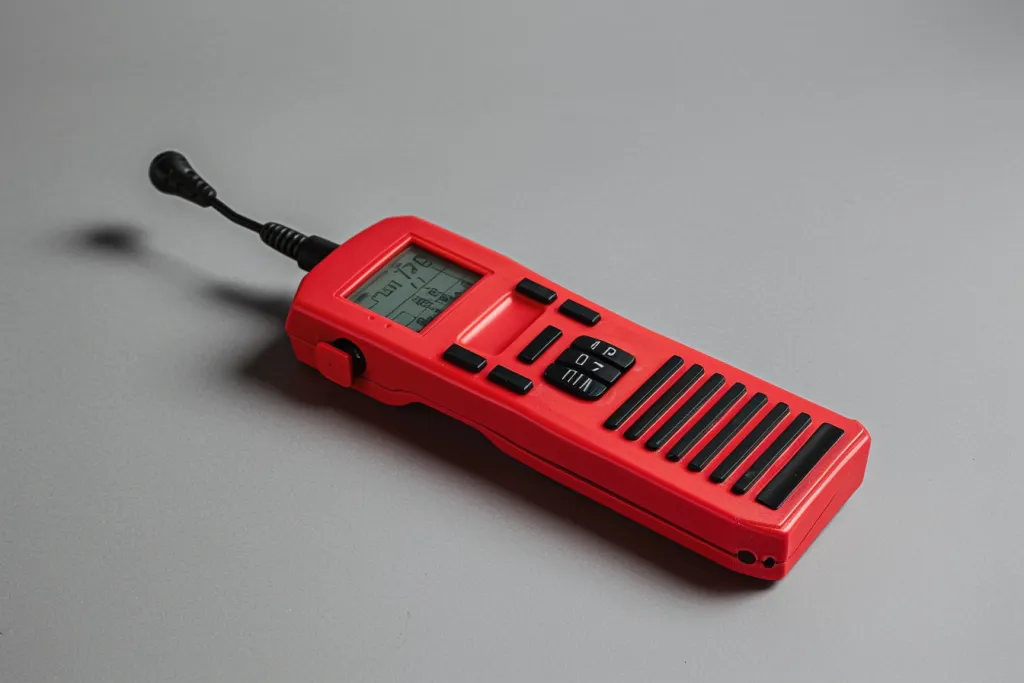
The global 2-way radio market has shown robust growth and is projected to continue its upward trajectory. As of 2024, the market was valued at approximately USD 9.3 billion, with a compound annual growth rate (CAGR) of 1.12% projected from 2024 to 2029. The market volume is expected to reach 0.4 billion pieces by 2029. North America held the largest market share in 2023, driven by technological advancements and a strong industrial base in sectors such as telecommunications, broadcasting, aviation, and defense.
China leads the global comparison with the highest revenue, estimated at USD 2,136 million in 2024. The demand for 2-way radios in Japan is notably high due to the preference for compact, portable radios with advanced features. The global market is characterized by a diverse range of applications, including public safety, commercial, and personal communication, contributing to its steady growth.
The market’s expansion is driven by the increasing need for reliable communication infrastructure, particularly in sectors such as public safety and transportation. Additionally, the growing demand for digital communication solutions and the integration of advanced features like GPS and Bluetooth are fueling market growth. However, the market faces challenges such as competition from mobile communication technologies and the need for continuous innovation to keep up with rapid technological advancements.
In-Depth Analysis of the 2-Way Radio Market
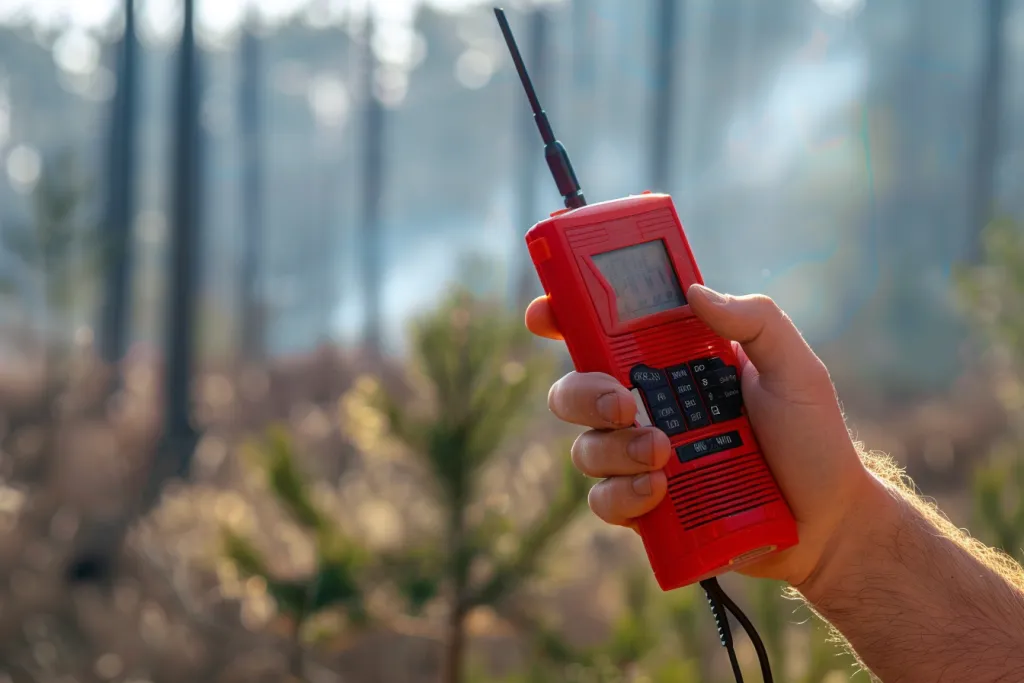
Key Performance Benchmarks and Market Share Dynamics
The 2-way radio market is segmented into various product types, including analog and digital radios, each catering to different end-user requirements. Digital radios have gained a significant market share due to their superior signal quality, efficient spectrum use, and additional data services. Digital technology allows for clearer audio reception, reduced interference, and the transmission of additional data services like text information and images.
In 2023, North America was at the forefront of technological innovation in the 2-way radio market, with the United States leading in the adoption of advanced radio transmission technologies. The region’s strong industrial base and well-established regulatory frameworks contribute to its dominant market position. The presence of major players in the telecommunications, defense, and public safety sectors drives the demand for advanced radio transmitter equipment.
Economic Influences and Consumer Behavior Shifts
The economic landscape significantly influences consumer behavior and purchasing decisions in the 2-way radio market. The growing investments in public safety and defense infrastructure are key drivers of market growth. Governments worldwide are prioritizing the enhancement of communication systems for emergency response and national security, leading to increased demand for advanced 2-way radios.
The rise of the Internet of Things (IoT) and Machine-to-Machine (M2M) communication is reshaping market dynamics. These technologies require reliable communication solutions, including 2-way radios, to enable seamless data exchange and intelligent decision-making. The integration of 5G networks further accelerates the demand for advanced radio transmitters capable of handling increased data traffic and providing low-latency communication.
Distribution Channel Preferences and Recent Innovations
The distribution channels for 2-way radios include both online and offline platforms, with a growing preference for online sales due to the convenience and wider product range offered. The market is witnessing significant innovations, such as the integration of artificial intelligence (AI) and machine learning (ML) in radio transmitter systems. AI-powered radios can dynamically adapt to changing signal conditions, optimize power consumption, and self-diagnose potential issues, enhancing overall performance.
The transition from analog to digital broadcasting is another critical trend, driven by the need for better audio quality, efficient spectrum utilization, and additional data services. This shift necessitates the deployment of digital radio transmitters capable of transmitting signals in various digital formats, including DAB (Digital Audio Broadcasting) and HD Radio. The rise of internet radio and the expansion of the broadcast industry into new markets further fuel the demand for modern radio transmitter solutions.
Key Factors When Selecting 2-Way Radios For Communication
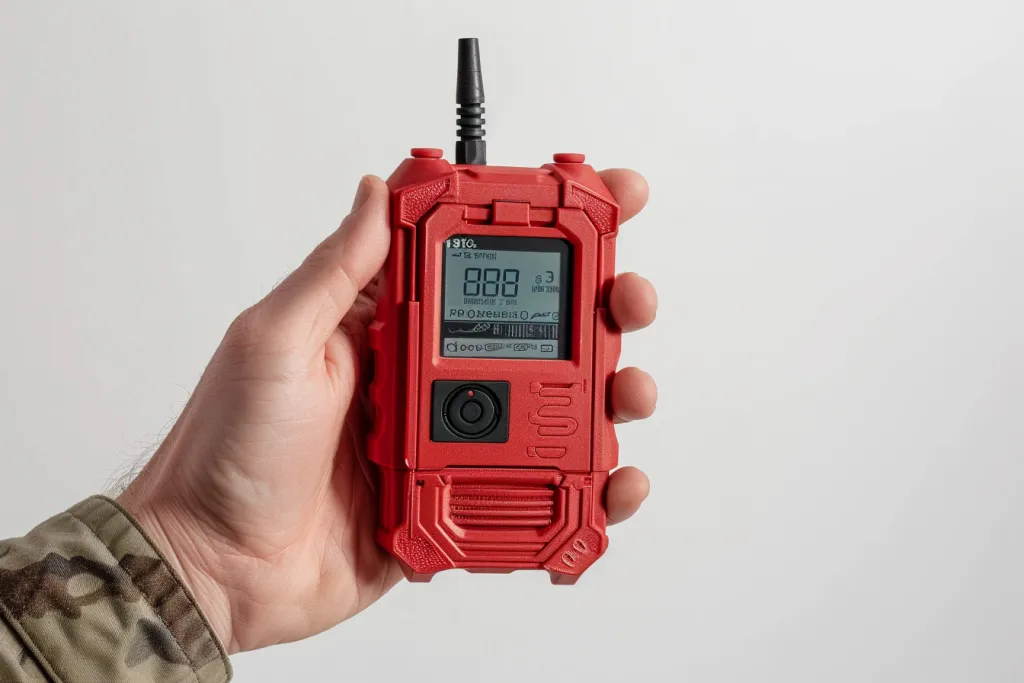
When choosing 2-way radios for communication, several critical aspects ensure the radios meet your needs effectively while offering reliability and durability.
Types and Styles
2-way radios come in various types and styles, each designed for specific requirements. Handheld radios, or walkie-talkies, are compact and portable, ideal for on-the-go communication. Mobile radios, installed in vehicles, offer higher power and range, suitable for mobile operations. Base station radios are larger units used in fixed locations, offering robust communication capabilities for command centers. Selecting the right type depends on whether the use is personal, commercial, or for emergency services.
Handheld radios are versatile, commonly used in sectors like retail, hospitality, and outdoor activities. Their portability allows users to move freely while maintaining communication. Mobile radios are crucial for transportation and logistics, providing seamless communication over longer distances. Base station radios are essential for centralized control in emergency services, enabling coordination and management of operations.
The style of the radio also impacts functionality. Some models are designed for rugged use, featuring robust casings that withstand harsh environments. Others may be more lightweight and compact, suitable for less demanding conditions. The choice of style should align with specific needs and the operational environment.
Performance and Functionality
Performance and functionality are paramount when selecting 2-way radios. Key performance indicators include range, battery life, and signal clarity. The range of a 2-way radio is determined by its power output and frequency band. Higher power radios generally offer longer ranges but may require more robust power sources. Signal clarity ensures communication is clear and free of interference, crucial in environments where accurate information exchange is necessary.
Battery life is another crucial factor, especially for handheld radios used in the field. Long-lasting batteries reduce the need for frequent recharging, ensuring continuous operation. Some models offer rechargeable batteries, while others use disposable ones. The choice depends on operational requirements and convenience.
Functionality features such as channel capacity, privacy codes, and emergency alerts enhance the usability of 2-way radios. Radios with multiple channels allow users to switch frequencies to avoid congestion. Privacy codes prevent unauthorized users from listening in, providing secure communication. Emergency alert features are vital in critical situations, enabling users to send distress signals.
Technical Specifications
Understanding the technical specifications of 2-way radios is essential for making an informed selection. These specifications include frequency range, power output, and modulation type. Frequency range determines the operational bands of the radio, such as Very High Frequency (VHF) and Ultra High Frequency (UHF). VHF radios are suitable for open areas with few obstructions, while UHF radios perform better in urban environments with buildings and other obstacles.
Power output, measured in watts, influences the range and signal strength. Higher power output extends the communication range but may require more robust power sources. Modulation type, such as Frequency Modulation (FM) and Amplitude Modulation (AM), affects signal quality and resistance to interference. FM is commonly used in 2-way radios due to its superior sound quality and reduced susceptibility to noise.
Additional technical features such as Digital Mobile Radio (DMR) technology and Advanced Encryption Standard (AES) encryption provide enhanced functionality. DMR offers improved audio quality and efficient use of the radio spectrum, while AES encryption ensures secure communication, critical for sensitive operations.
Durability and Build Quality
The durability and build quality of 2-way radios are crucial for ensuring longevity and reliability. Radios designed for rugged use feature robust casings that protect against shocks, dust, and water. These models are often rated with Ingress Protection (IP) ratings, indicating their resistance to environmental factors. For instance, an IP68 rating signifies that the radio is dust-tight and can withstand immersion in water.
Materials used in the construction of the radios also impact their durability. High-quality plastics and metals provide strength and resilience, essential for devices used in demanding conditions. The build quality extends to the internal components, ensuring that the radio can withstand continuous use without performance degradation.
Certifications such as Military Standard (MIL-STD) compliance indicate that the radios meet stringent durability criteria. MIL-STD-810G, for example, signifies that the radio has undergone rigorous testing for shock, vibration, and extreme temperatures. These certifications provide assurance of the radio’s capability to perform reliably in challenging environments.
Price Range and Budget
The price range of 2-way radios varies widely, influenced by factors such as type, performance, and additional features. Entry-level models for casual use can cost as low as $30, while high-end models designed for professional use can exceed $500. Establishing a budget is essential to narrow down the options and ensure that the selected radios meet the necessary requirements without overspending.
When considering the budget, factor in the total cost of ownership, including the initial purchase price, accessories, maintenance, and potential upgrades. Some models may offer advanced features that justify a higher price, providing long-term value through enhanced performance and durability.
Bulk purchasing options and discounts may be available for businesses and organizations requiring multiple units. Evaluating the cost-benefit ratio of different models helps in making an informed decision that aligns with budget constraints and communication needs.
Latest Technology Features in 2-Way Radios
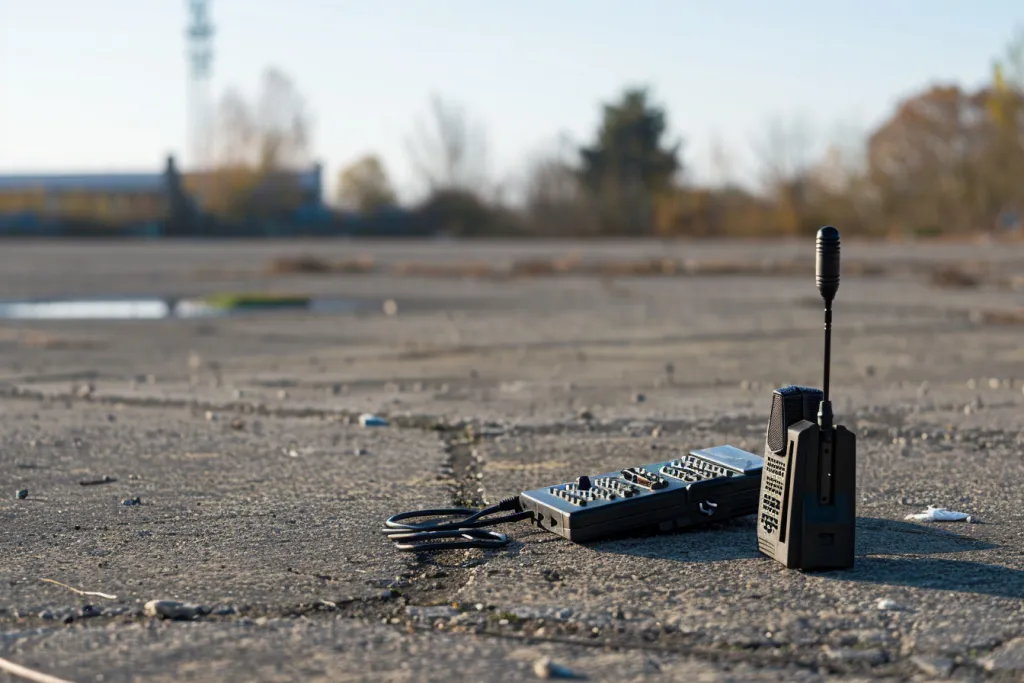
The latest technology features in 2-way radios significantly enhance their functionality and user experience. Digital technology, such as Digital Mobile Radio (DMR) and Project 25 (P25), offers improved audio quality, greater range, and efficient use of the radio spectrum. These digital standards support advanced features like text messaging, GPS location tracking, and interoperability with other communication systems.
Advanced encryption technologies ensure secure communication, critical for operations involving sensitive information. Technologies like AES-256 encryption provide robust security, preventing unauthorized access to communication channels. This is particularly important for government agencies, military operations, and private security firms.
Integration with other devices and systems is a growing trend in 2-way radios. Bluetooth connectivity allows for hands-free operation and seamless integration with other communication devices. Radios equipped with GPS functionality provide real-time location tracking, essential for coordinating field operations and ensuring personnel safety.
Regulatory Compliance and Certifications
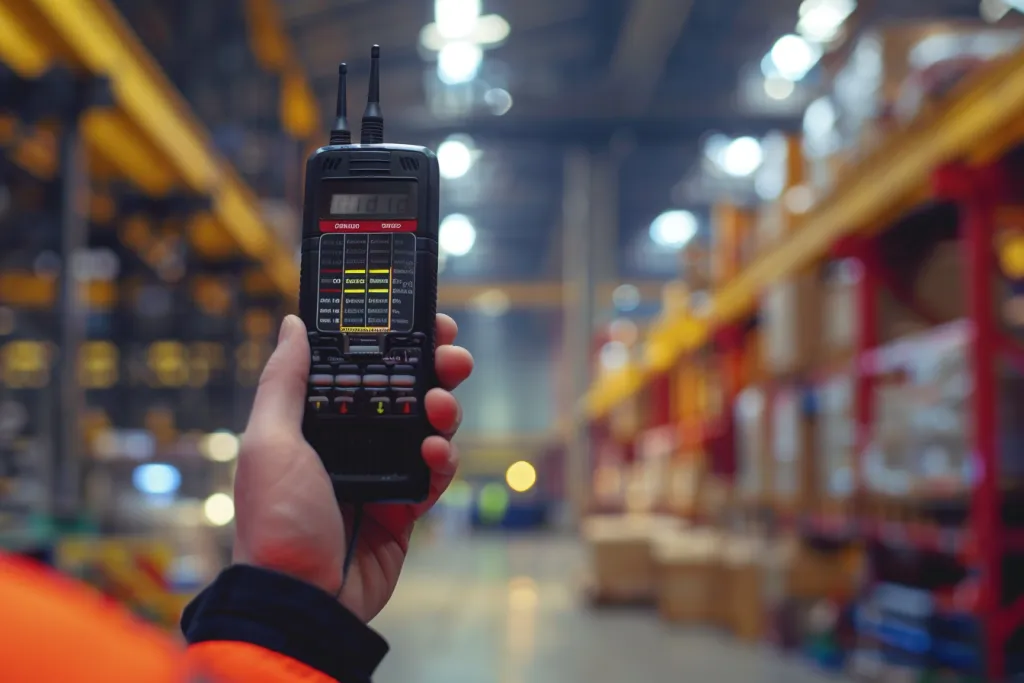
Regulatory compliance and certifications are essential aspects of selecting 2-way radios. Radios must comply with regulations set by authorities such as the Federal Communications Commission (FCC) in the United States, ensuring they operate within designated frequency bands and adhere to power output limits. Compliance with these regulations prevents interference with other communication systems and ensures legal operation.
Certifications such as FCC Part 90 (for commercial and public safety use) and FCC Part 95 (for personal and business use) indicate that the radios meet specific regulatory standards. Additionally, certifications like MIL-STD-810G and IP ratings provide assurance of the radio’s durability and resistance to environmental factors. Ensuring that the selected radios have the necessary certifications is crucial for legal compliance and operational reliability.
Ease of Use and Initial Setup Complexity
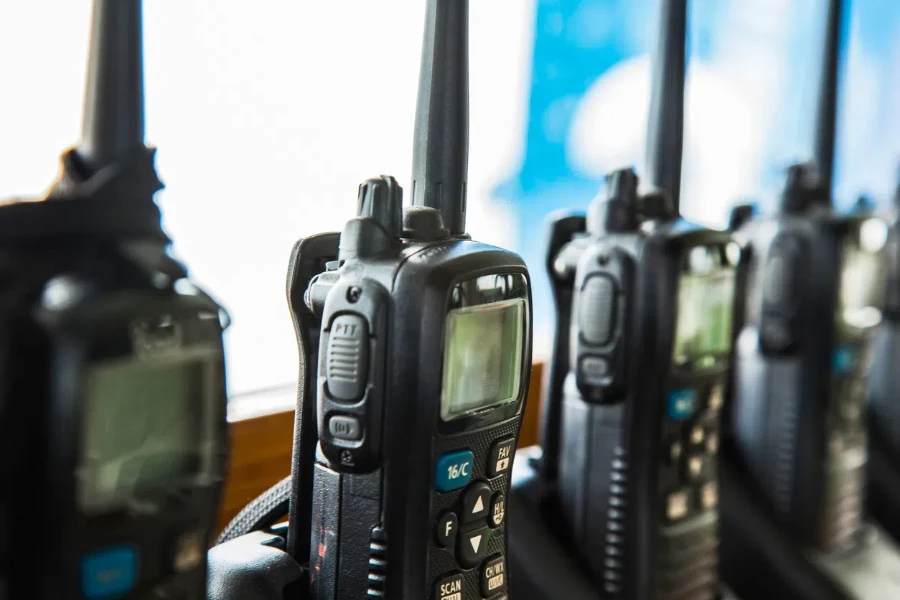
Ease of use and initial setup complexity are important considerations for 2-way radios. User-friendly interfaces with intuitive controls ensure that users can operate the radios effectively without extensive training. Features like programmable buttons, clear displays, and straightforward menu navigation enhance the user experience.
The initial setup complexity varies depending on the model and its features. Radios with advanced functionalities may require more time to configure, but many modern models offer simplified setup processes with user guides and online support. Ensuring that the radios are easy to set up and use reduces downtime and enhances operational efficiency.
Closing Remarks
In summary, when selecting 2-way radios for communication, it is essential to consider factors such as types and styles, performance and functionality, technical specifications, durability and build quality, price range and budget, latest technology features, regulatory compliance, and ease of use. By thoroughly evaluating these aspects, businesses and organizations can ensure they choose the right radios that meet their specific communication needs effectively.



